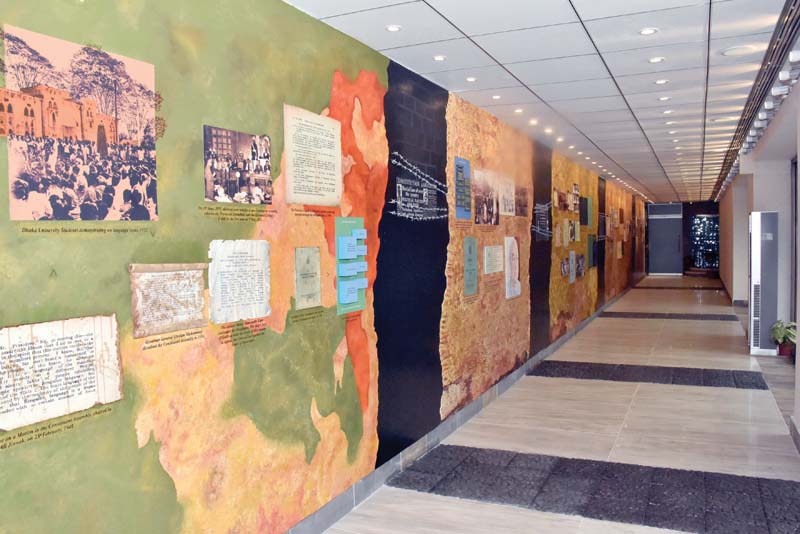
This idea has been manifest in Gali-e-Dastoor [the Constitution Gallery] and the adjacent courtyard on the first floor of the Parliament House, inaugurated by Senate Chairman Raza Rabbani last week.
“This is a sort of tribute to the several political workers, working journalists, civil society, lawyers and hard-working Pakistanis, who participated in the struggle for democracy and sacrificed their lives,” Rabbani said.
The quest for democracy
“It is the preservation of history for the coming generations to make them realise that they did not inherit constitution and democracy, handed on a plate,” he added.
The initial idea was to establish a museum for visitors or students taking a tour of the parliament, but owing to space constraints, an ordinary corridor was revamped into a beautiful thematic gallery.
Instead of political speeches and monologues, the gallery and the courtyard serve for visual storytelling of the constitutional history. They have been highly-stylised, employing students and faculty of the National College of Arts (NCA), Rawalpindi and workers of the Capital Development Authority (CDA).
The visual tour starts off with a five-minute video, setting the tone of the display. The gallery opens with a large mural, depicting various stages of the democratic political history, interrupted by oppressive military regimes.
The mural is divided into five stages of history, punctuated by historical texts and documents, photographs and thematic symbols in a visual portrayal of the times past.
Prominent historical figures including politicians and poets have been paid homage in the mural, which celebrates the constitutional history. Poet Habib Jalib’s portrait brings to mind his revolutionary poetry, “Aise dastoor ko, subh-e-be-noor ko, mein nahi manta.”
The first panel on the mural is an account of Pakistan’s struggle to have a constitution.
The second panel is the story of how people’s voice is subdued into nothingness during the rule of a dictator. The third panel is a breather in the checkered history. It depicts how the people struggled from the loss and diverse political forces sat together and decided on nothing less than a consensus document for governing the civic life of the citizens.
The fourth panel exemplifies what happens when the constitutional rights are suspended.
Young artists: Group show features exquisite artwork
The fifth and last panel provides testimony to the resilience of the people of this country. It narrates the commitment of the political leadership backed by the people to bring back the essence of the Constitution of 1973. It includes the first smooth transition from one-democratically elected government to another which is the way forward for democracy to flourish in Pakistan.
In the skirting running continuously through the mural, grey tiles symbolise the intrigues that continue to circumvent the democratic process while the light-coloured tiles reflect the silver lining. Each of the first four panels of the mural end at martial law.
Meanwhile, the large tiles on the floor represent the space and progress available to the people, but the narrow ones signify the strangulation which then roll into a pebbled flooring, merging from the dark period in the mural. The light-coloured floor tiles on the right show an ‘artificial’ peace and prosperity while the main tiles depict a different story.
In the courtyard, water flows freely from a fountain, ‘for like thoughts, water cannot be restrained.’
The fountain symbolises the people of Pakistan, who are the real driving force of the country. Rising towards the top, it signifies how the provinces have surrendered their rights and sovereignty to the federation under the Constitution.
The flow of water from top into the tuff symbolises the devolution of power from federation to provinces. In the background, one can hear the famous Pakistani music composition, Khyber Mail by acclaimed musician Sohail Rana.
Solo show opens at Rohtas II Gallery
After consensus among the senators, Rabbani wrote to the prime minister and all four chief ministers, recommending inclusion of the Constitution in the curriculum. However, none of them has replied. This led the Senate and the Senate Secretariat to bring to life the idea of the gallery and the courtyard, celebrating the essence of democracy.
Published in The Express Tribune, September 13th, 2016.
1724760612-0/Untitled-design-(12)1724760612-0-405x300.webp)
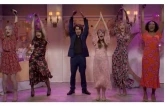


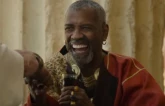

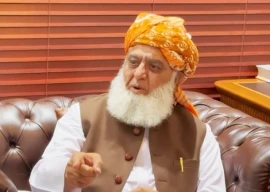


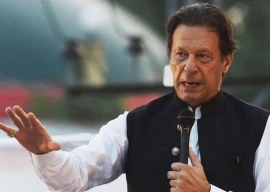







COMMENTS
Comments are moderated and generally will be posted if they are on-topic and not abusive.
For more information, please see our Comments FAQ